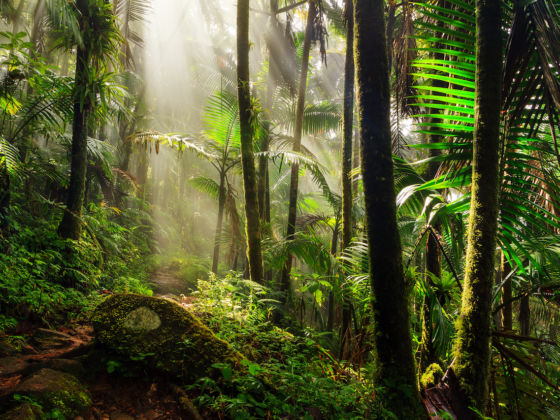Human populations have been destroying natural habitats for thousands of years without realizing that our lives depend on wild places. Here are four rewilding projects that aim to restore some of our planet’s ecosystems and may offer us a chance at redemption.
1. Rewilding Europe
What is it?
Rewilding Europe is a vast project whose mission is to create more space for wilderness, wildlife, and natural processes on abandoned lands in Europe.
